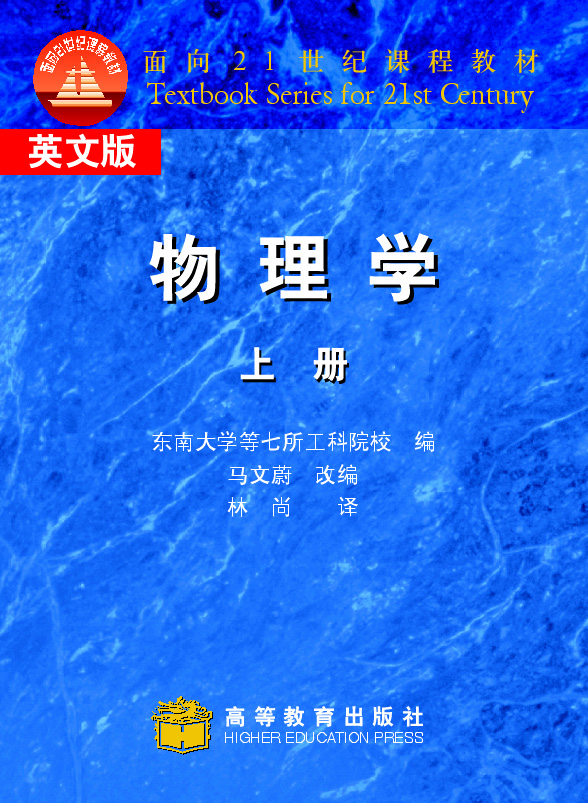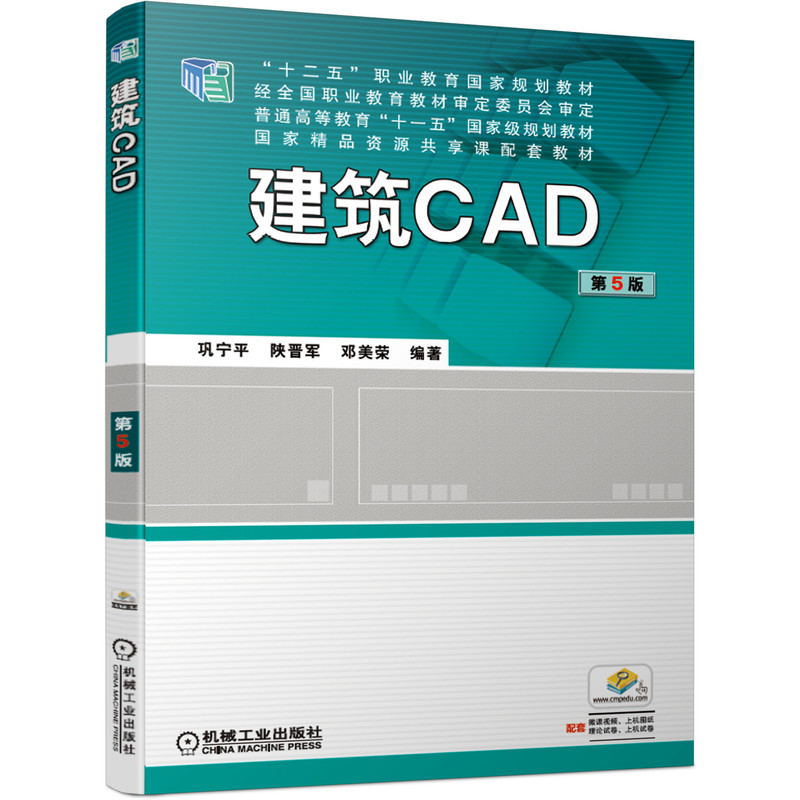- 科学出版社
- 9787030243041
- 68988
- 47170561-6
- 16开
- 2009-04
- 437
- 工学
- 动力工程及工程热物理
- TB66
- 建筑工程
- 本科
内容简介
本书共13章,包括4个部分。第1部分主要介绍制冷的范畴、应用、发展历史和国内外的学术组织和刊物;第2部分系统叙述制冷原理,讨论制冷循环的热力学分析、使工质降温的基本方法、气体制冷循环、机械驱动和热驱动的蒸汽压缩制冷循环等;第3部分详细介绍制冷用的工质,讨论了制冷循环对工质的要求,同时也介绍了湿空气学与空气处理过程;第4部分介绍蒸汽压缩制冷循环的主要部件和设备,包括压缩机、冷凝器、蒸发器和流量控制部件。本书可作为制冷、动力、建筑空调等专业的英语教材,也可供制冷、空调、动力等公司、企业的技术人员参考。
目录
Part Ⅰ Introduction Chapter 1 Introduction to Refrigeration 1-1 A Sample of Refrigeration System——Split Room Air Conditioner 1-2 Definition and Scope of Refrigeration 1-3 Main Applications of Refrigeration 1-4 History of Refrigeration in the World 1-5 Refrigeration in China 1-6 Academic Organizations and Journals of Refrigeration in the World 1-7 Academic Organizations and Journals of Refrigeration in China ReferencesPart Ⅱ The Principles of Refrigeration Chapter 2 Thermodynamic Analyses of Refrigeration Cycle 2-1 The Laws of Thermodynamics and Their Relation to Refrigeration 2-2 The Refrigeration Cycle and its Main Components 2-3 The Performance of Refrigeration System 2-4 Entropy Analyses Method of Refrigeration System 2-5 Work and Heat Operated Refrigerators 2-6 Lorenz Cycles for Variable Temperature Heat Source and Heat Sink References Chapter 3 Methods,of Decreasing Temperature (I)——Related to Gas and Liquid Refrigerants 3-1 Decreasing Temperature by Adiabatic Throttling——J-T Effect 3-2 Decreasing Temperature by Pressure Reduction in Two Phase Region 3-3 Decreasing Temperature by Adiabatic Expansion of Gas with Doing Work 3-4 Decreasing Temperature by Adiabatic Vortex Ranque Effect 3-5 Decreasing Temperature by Variable Mass System in Unsteady Flow 3-6 Decreasing Temperature by Thermo-Acoustic Effect References Chapter 4 Methods of Decreasing Temperature (II)——Related to Solid Refrigerants 4-1 Decreasing Temperature by Thermo-Electric Peltier Effect 4-2 Decreasing Temperature by Magnetocaloric Effect (Adiabatic Demagnetization) 4-3 Decreasing Temperature by Photo Method References Chapter 5 Vapor and Gas Refrigeration Cycles 5-1 Mechanical Powered Vapor Compression Refrigeration Cycle 5-2 Heat Powered Vapor Compression Refrigeration Cycle (1)——Vapor Absorption Refrigeration 5-3 Heat Powered Vapor Compression Refrigeration Cycle (2)——Vapor Adsorption Refrigeration 5-4 Heat Powered Vapor Compression Refrigeration Cycle (3)——Vapor Jet Refrigeration 5-5 Refrigeration Cycle by Gas Compression and Adiabatic Expansion References Chapter 6 Cycle Analyses of Vapor Compression Refrigeration 6-1 Single-Stage Vapor Compression Refrigeration Systems 6-2 Multi-Stage Vapor Compression Systems 6-3 Cascade Vapor Compression Systems 6-4 Auto Cascade Vapor Compression Systems ReferencesPart Ⅲ The Refrigerants and Other Substances for Refrigeration Chapter 7 Introduction of Refrigerants 7-1 Refrigerant in Vapor Compression Refrigeration 7-2 Refrigeration Characteristics of Refrigerants 7-3 Some Important Physical/Chemical Properties of Refrigerants 7-4 Classification and Nomenclature of Refrigerants 7-5 Secondary Refrigerants References Chapter 8 Environmental Friendly Refrigerants 8-1 Ozone Depletion by CFCs in Stratosphere 8-2 Montreal Protocol and its Amendments 8-3 Greenhouse Effect and Global Warming 8-4 Kyoto Protocol 8-5 Global Warming Impacts of Refrigerants 8-6 Fluorinated Refrigerants 8-7 Environmental and Thermal Properties of Natural Refrigerants 8-8 Alternative Refrigerants References Chapter 9 Psychrometry and Air Processes 9-1 Composition and Thermal Properties of Moist Air 9-2 Thermal Properties of Saturated Water and Saturated Moist Air 9-3 Adiabatic Saturation Process and Wet Bulb Temperature 9-4 Approximate Calculation of the Thermal Properties of Moist Air 9-5 Psychrometric Chart 9-6 Air Handing Processes 9-7 Heat and Mass Transfer Between Moist Air and Solid Surface ReferencesPart Ⅳ The Equipment for Refrigeration Cycles Chapter 10 Compressors 10-1 Main Types of Compressors 10-2 Reciprocating Compressors 10-3 Scroll Compressors 10-4 Screw Compressors 10-5 Turbo Compressors 10-6 Roller Type Compressors 10-7 Vane Type Compressors 10-8 Inverter Technology and Inverter Driven Compressors References Chapter 11 Condensing Equipment 11-1 Function and Classification of Condensers 11-2 Water-Cooled Condensers 11-3 Cooling Tower 11-4 Air-Cooled Condensers 11-5 Evaporative Condensers References Chapter 12 Evaporators 12-1 Function and Classification of Evaporators 12-2 Dry-Expansion Evaporators and Flooded Evaporators 12-3 Main Types of Evaporator Construction 12-4 Air Cooler and Spray Air Cooler 12-5 Direct and Indirect Refrigeration Systems References Chapter 13 Refrigerant Flow Control 13-1 Hand Expansion Valves 13-2 Capillary Tube 13-3 Thermostatic Expansion Valves-Superheat Control 13-4 Automatic Expansion Valves-Evaporator Pressure Control 13-5 Electronic Expansion Valves 13-6 The Practical Refrigeration System and its Temperature and Pressure Control ReferencesIndex









